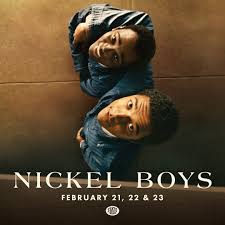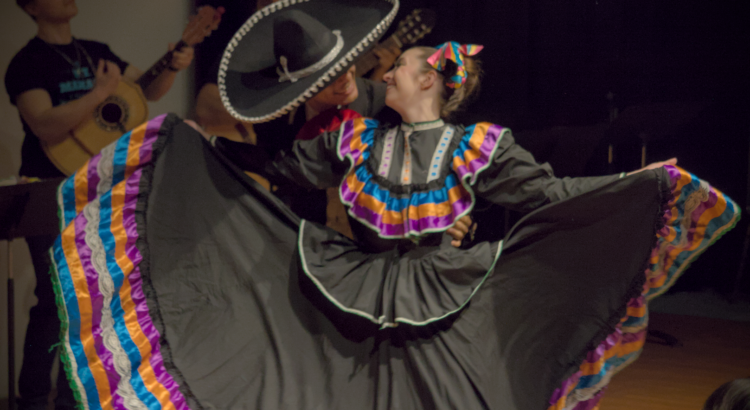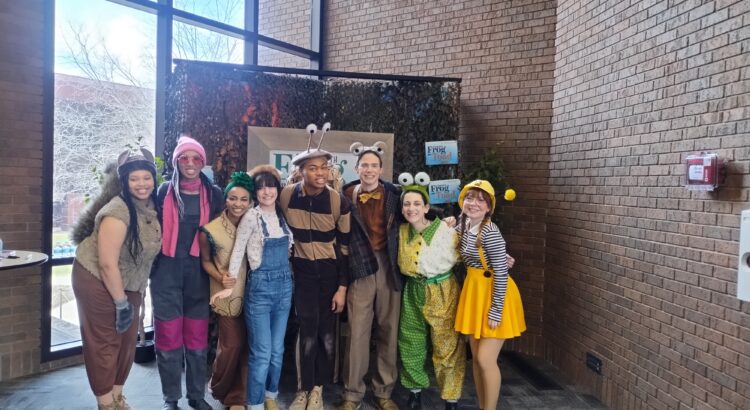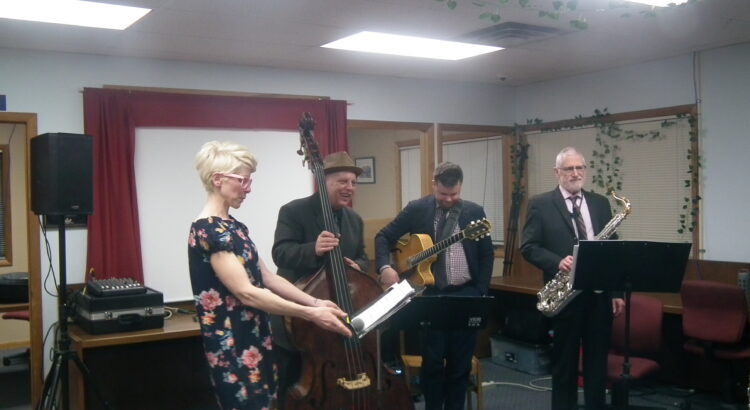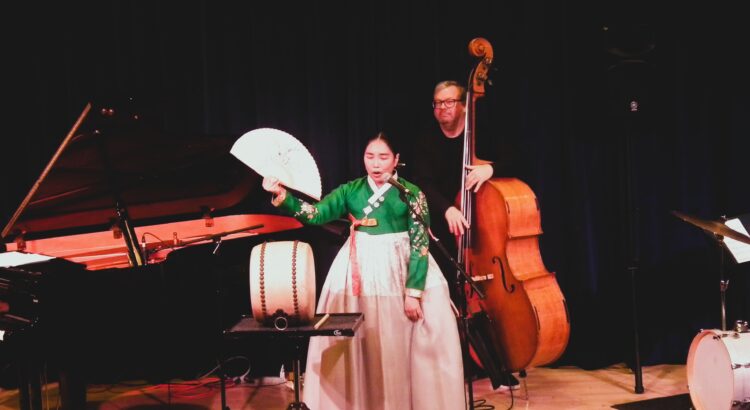Nickel boys, a recent movie adaption based on the novel by Colson Whitehead portrays a story with an overarching messages of loss of childhood innocence due to a societal hierarchy in a 1960s America. The story centers on two African-American boys, Elwood and Turner, as they come of age before being unjustly sentenced to an abusive reform school known as Nickle Academy. The film portrays the academy as being deeply encoded in segregation. The two boys must decide if they are to stick up for themselves and face backlash, or lay dormant and stoic and suffer from the society they were unknowingly born into.
A highlight of this film was the fact it was shot in a first person perspective. almost all movies made now have been shot in third person. It is clear why this decision was made, it was almost a requirement as it allowed viewers to relate to the world that Elwood saw. Elwoods school teacher told him to stand up for what he believes and ignore the altered white lense of society, meanwhile Elwoods grandmother showed caution to the young man as he may be led to being incarcerated if he follows civil right movements.
Elwood finds himself ending up in Nickel Academy after being wrongfully involved in a grand theft auto while hitchhiking. After ending up in the wrong crowd like many others, Elwood is subjugated to the cruel means of “rehabilitation” submitted by the Academy. Nickel Academy has four tiers of student success. All students start from what is known as a “grub” and must move on in the ranks. After Grubs a student will be an explorer, a Pioneer and finally an Ace. Only once a student has become an ace may he ever leave the institution and see his family again. What makes this intriguing is how difficult the movie frames the task of become an Ace. One must almost become an unquestioning, loyal member that echos exactly what the administrators communicate. The film lets audience know there is a difference between a successful member of society and a pawn that stays in line. Something the academy wishes to enact in all of it’s students.
Nickle boys also portrays cruelty of the administration onto the students. After a week of being at the school, Elwood is involved in a fight between two other young boys. Instead of detention the boys are whipped the next night by the school director. The movie creates this sense of unnerving abuse not by the action of physical whipping, but by the fear portrayed in the other men. The intense fear and worried lines given by boys who have been subjugated to this punishment in the past clearly clues Elwood, (and the audience through his eyes), that this was no normal school. This was hell. No boy would ever wish to face the punishment that the school seems suitable. The suspense created by having Elwood be woken up into the middle of the night and not revealing his punishment until it hit him over the head was a clever use by the film’s director that stepped ahead of what the book had to offer. First person storytelling allows a special sense of naive and unknowingness to an audience that can capture some truly intense moments that no one can expect. Knowing something awful is coming but not revealing it directly is an excellent artistic tool to capture the feeling of dread and an impending sense of doom.
These feelings are captured further in such a unique way. Like a motif, the scene will sometimes include an alligator. (yes an alligator!) Several moments in the film that feature the boys being abused often have a live alligator pass over the scene. This alligator is not meant to be taken literal but as a metaphor for something sinister that is just underneath the surface. The alligator represents that nasty stomach twisting feeling in Elwood that something is off.
Has American really improved much of its ways after the legalization of slavery, or has the suffering merely transformed under a thin sheath that is still filled with segregation and hate? When Elwood was touring the academy one of his main duties is to collect oranges in the grueling hot son while the white students play football outside. Brief black and white photographs of slavery clues audiences in that the way Black Americans were treated after freedom from slavery was not a direct improvement but a long and slow moving way of improvement that still takes place to this day.
Overall the message of this film was potent but not over the head. A common criticism for films with dystopian like messages are often to on the nose or over the head. The artistic metaphors and use of first person simply set up a view that I have not considered. The picture does not tell you what to believe, but rather understand an alternate view. This film deserves all the praise it can get, and truly cements real history and real people.

